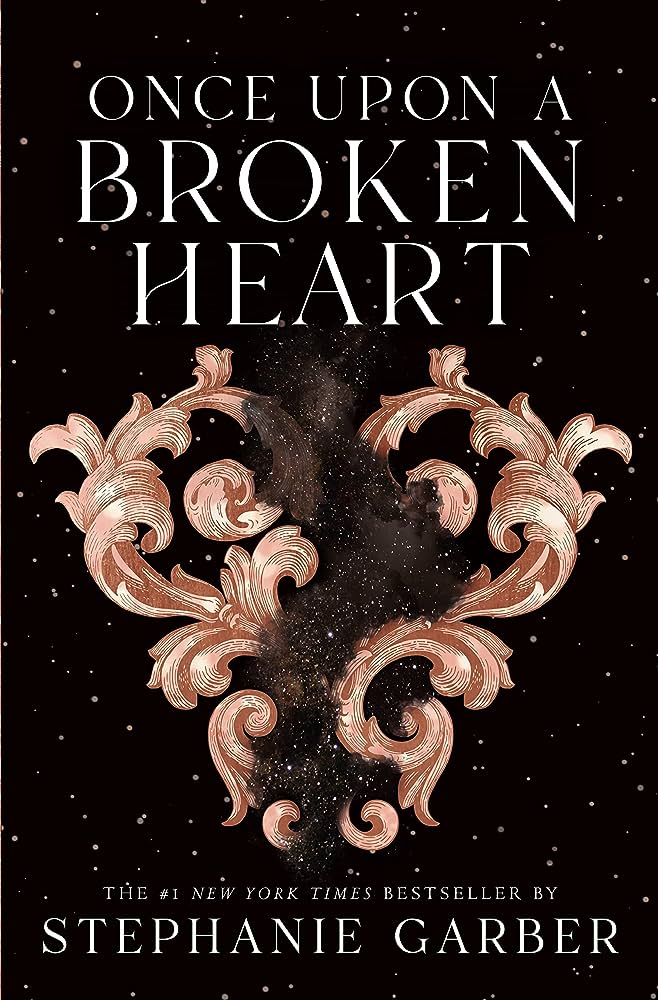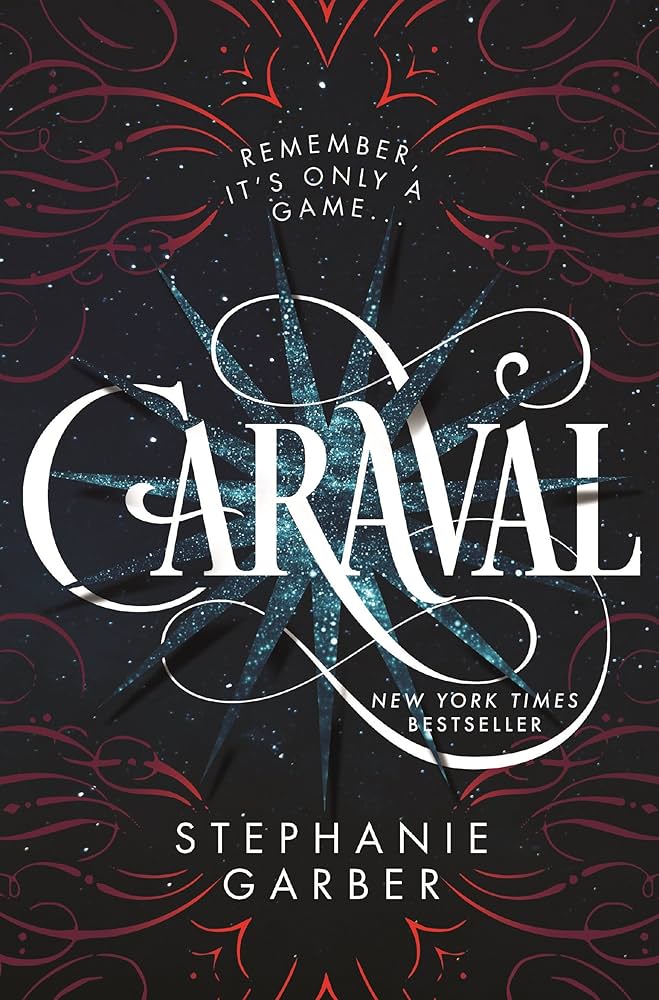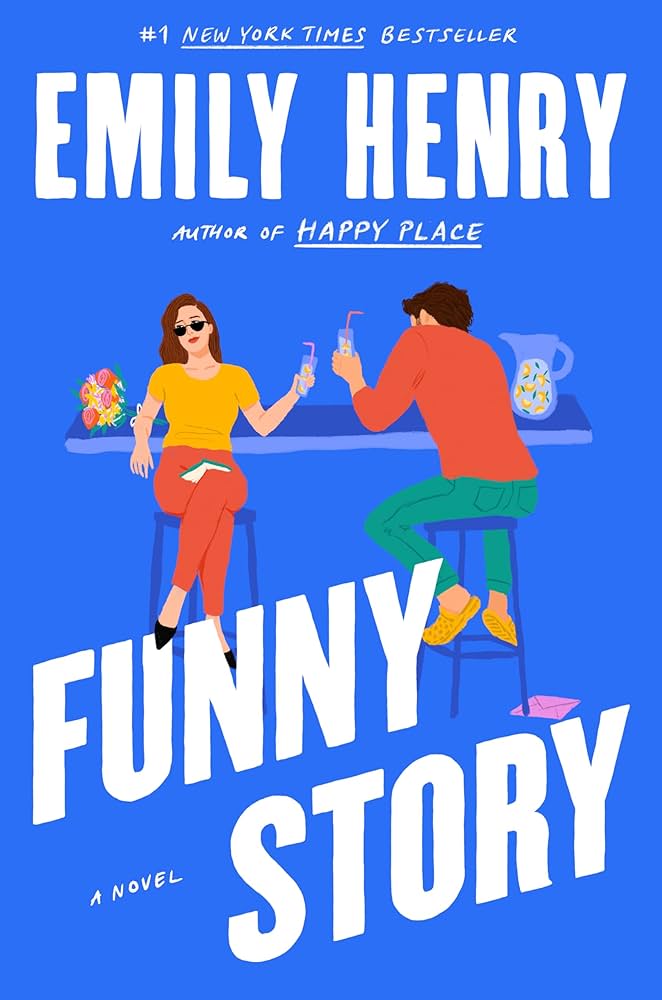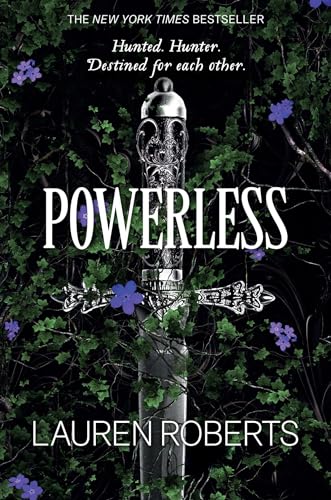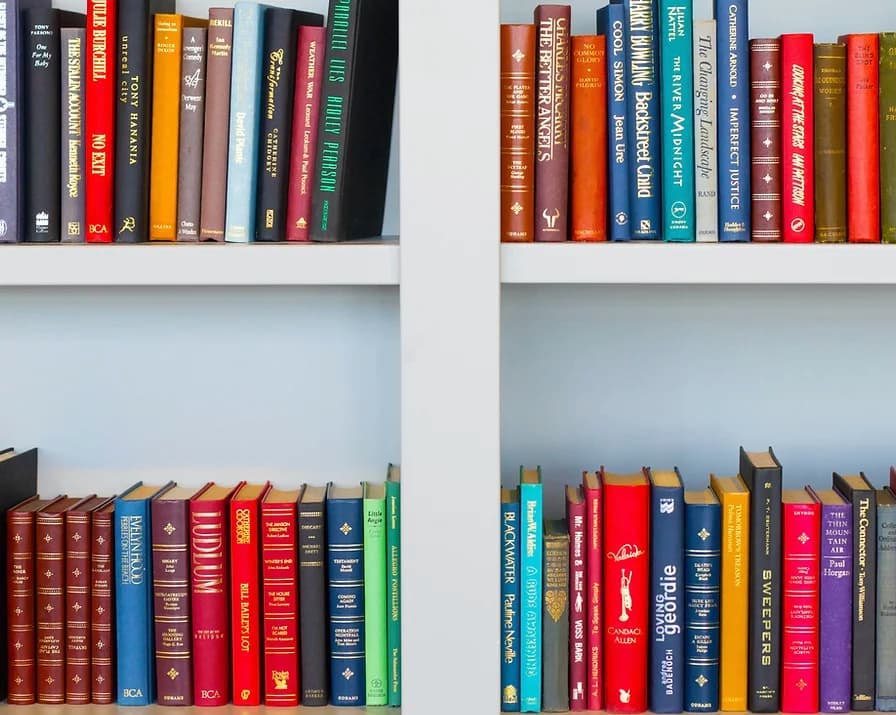Unmasking the Shadows of Perception: Unlocking Minds, Untangling Biases
Disclaimer: Unknowingly, I need to admit that I might be writing with bias, but after all, it's an ingrained characteristic of human nature.
Unmasking the Shadows of Perception: Unlocking Minds, Untangling BiasesImperceptible yet omnipresent, subconscious bias is a strong force that powerfully but subtly influences every decision, judgment, and perception we form. Bias guides our subliminal like a strong current that our conscious awareness can’t acknowledge. As defined by the Merriam-Webster Dictionary – Bias: (n) implies an unreasoned and unfair distortion of judgment in favor of or against a person or thing.
Humanity has strived for fairness and equality for the past couple of years – where every human, no matter gender, race, age, physical abilities, sexuality, or status, is offered the same opportunities.
However, we have always had a block from successfully reaching our goal, which is bias, an ever-recurring motif. It has become an imprint etched into our minds from the very moment of our birth, seemingly woven into our very DNA. Bias has stemmed into our day-to-day life whether or not we realize it.
Subconscious bias a.k.a implicit bias, emerges as our brain absorbs patterns from our upbringing, engraving them permanently into our cognitive framework. For instance, when the new Barbie movie is mentioned, our minds instinctively conjure an image of a white, blonde-haired, blue-eyed, slender, and attractive girl donning a pink dress or skirt along with a pair of heels, Most people, when they think of a teacher, believe it’s a woman.
The reason is that 74.34% of teachers have been female. Or when you type in “CEO” or “Professor” on Google, it shows you a picture of a white man. Historically, job opportunities like such were predominantly accessible to men, leaving few chances for others to break into such roles. Harnessing our capacity to discern social patterns, we instinctively shape our judgments in various ways. Ultimately all of this branches off from certain stereotypes that have been taught or seen at a young age.

Marianne Bertrand and Sendhil Mullainathan decided to put this study to the test. They both mailed identical resumes to employers with open jobs. They used randomized but stereotypical African-American names, i.e. Jamal on some resumes, while with others, they used stereotypical white names, i.e. Emily.
When they got their results back, it was shocking that approximately 50 percent of the job applications with a “white” name were significantly more likely to receive a call back for an interview compared to those with other names.
Even when the resumes were almost identical, one major factor, being a simple name, decided fate. Dr. Pragya Agarwal explained in a Forbes article that she tried this test out for herself. In 2015, she was looking for a new job position; she applied for 12 job spots, which were very similar in roles and with the same salary range.
She sent her resume to all these places, but on 6 of them, she used her foreign-sounding maiden name, whereas, on the other 5, she used her double-barrelled surname, where she combined her husband’s European surname with hers.
She received callbacks for the next steps from the 6 places she has used her double-barrelled surname, while Dr. Agarwal only heard back from 1 out of the 5 places where she used her Indian surname.
This experiment obviously wasn’t polished, but these results can speak for themselves. It was almost certain that her white-sounding last name gave her more respect in the workplace. She looked at the universities she applied to’s websites and she found that the entire recruitment committee was white.
This is what is called confirmation bias. Confirmation bias is where people tend to associate superior traits with people that share similar characteristics, physical, cultural, or racial.
Looking at this data from a bird’s eye POV displays that since the faculty members were predominantly white, they evolved an unconscious bias in which they used confirmation bias to make decisions.
“Bias is woven through culture like a silver cord woven through cloth. In some lights, it’s brightly visible. In others, it’s hard to distinguish. And your position relative to that glinting thread determines whether you see it at all.” – Evelyn Carter, a social psychologist at the University of California, Los Angeles
I see subconscious bias happening in my everyday life. I’m sure many of you have heard of the skin-whitening cream “Fair and Lovely”. This is an example of color prejudice, Being fair is rooted deeply in Indian culture, it came from when the British used to rule India, they called themselves the ‘superior’ and more or less “intelligent” race.
This justified racism and discrimination against so-called “inferior” darker-colored Indians, The British used fairer Indians as allies in administrative roles, whereas they gave toiling tasks to black-colored Indians.
This created a divide solely based on skin color. The misconception that being fairer is associated with being attractive is extremely harmful, as this bias passes down through generations and generations. Being of a light complexion does not mean that you are a ruling class, you are more desirable, or smarter, it’s just a skin tone. Color never did and never will define a person’s self-worth.
This flawed notion has persisted through generations, fostering colorism in Indian society. Countless individuals, including myself, can relate to the experience of being advised to avoid the sun and cover up to maintain a lighter complexion, perpetuating harmful beliefs about self-worth based solely on skin tone.
Being on the other side of the scale isn’t great either, light-skinned women often face the troubling phenomenon of being fetishized and sexualized, a disturbing trend that perpetuates harmful stereotypes and objectification.
Gladly, our generation is breaking down the standards slowly and steadily, beauty standards are being less normalized, darker women have more representation, and not just that, all bodies, skin types, etc. are being accepted. But the notion of “fair is lovely” is still around and won’t be taken down easily.

In our society, I have noticed a troubling trend, where the only way to gain recognition or acceptance seems to be dictated by your appearance and what material things you possess. To be considered a person of worth by peers, one must dress in trendy attire.
Additionally, having a fashionable hairstyle is seen as essential. Owning up-to-date electronics, along with wearing branded makeup is deemed a prerequisite for fitting in. I must admit, that I have succumbed to following these trends to fit in. However, I’ve also witnessed the harsh consequences this culture has on those who can’t afford or choose not to adhere to these norms.
Children who don’t conform to these standards are often ostracized, ridiculed, and belittled, revealing a subconscious bias that views them as outsiders, unpopular, or lacking in some way.
We make quick and easy judgments about individuals we have never even met based on how they carry themselves, we assume they don’t meet our status or society’s criteria, and think of them as poor, unattractive, or unworthy of our attention. This implies that subconscious bias isn’t a deliberate act; rather, it’s a result of what we have observed and how we’ve been conditioned to perceive others.
These are just 2 examples out of millions where our subconscious comes into play. But how can we fix this, how can we train our brain to disassociate appearance and perception?
-
- Self-awareness, before making judgments about someone, we have to recognize that we may be biased. Realization is key, and before we decide on someone, we should focus on the traits that matter, such as knowledge and personality, not physical traits.
-
- Engaging in discussions, particularly with individuals from diverse social backgrounds, can be immensely beneficial in addressing biases. Sharing our own biases can create a safe and supportive environment, encouraging others to explore and understand their own biases as well.
- However, it’s crucial to hold these conversations in a safe space where people feel comfortable expressing themselves without fear of judgment. Being open to alternative perspectives and viewpoints is vital for fostering meaningful and transformative discussions about biases.
At the end of the day, it’s easier to see when someone else is using subconscious bias, but it’s difficult to catch ourselves when we are doing it and recognize it is wrong. , Unconscious bias is a human trait, not necessarily a good, but a human trait, but the more of us who see it as a problem that can be solved and not something unfixable can overcome our unconscious biases, we can evolve into influential helpers of society, empowered to foster positive change and promote inclusivity.
Citations:
-
- Agarwal, Dr Pragya. “Unconscious Bias: How It Affects Us More than We Know.” Forbes, 3 Dec. 2018, Accessed 28 July 2023.
-
- Agarwal, Pragya. “Women Are Dying. It’s Time Stop Saying “Fair Is Lovely.”” Medium, 12 Nov. 2019, ,medium.com/@p_agarwal/women-are-dying-its-time-stop-saying-fair-is-lovely-ca76ce45a11f. Accessed 28 July 2023.
-
- Emberton, Mihal. “Unconscious Bias Is a Human Condition.” The Permanente Journal, vol. 25, 1 May 2021, pubmed.ncbi.nlm.nih.gov/33970098/
-
- “How Does Unconscious Bias Affect the Workplace? Everything You Need to Know.”
-
- “Unconscious Bias Training | Office of Diversity and Outreach UCSF.” Diversity.ucsf.edu, 2022,

